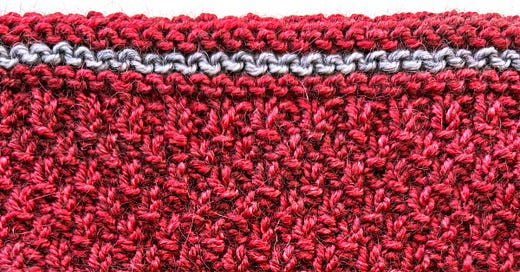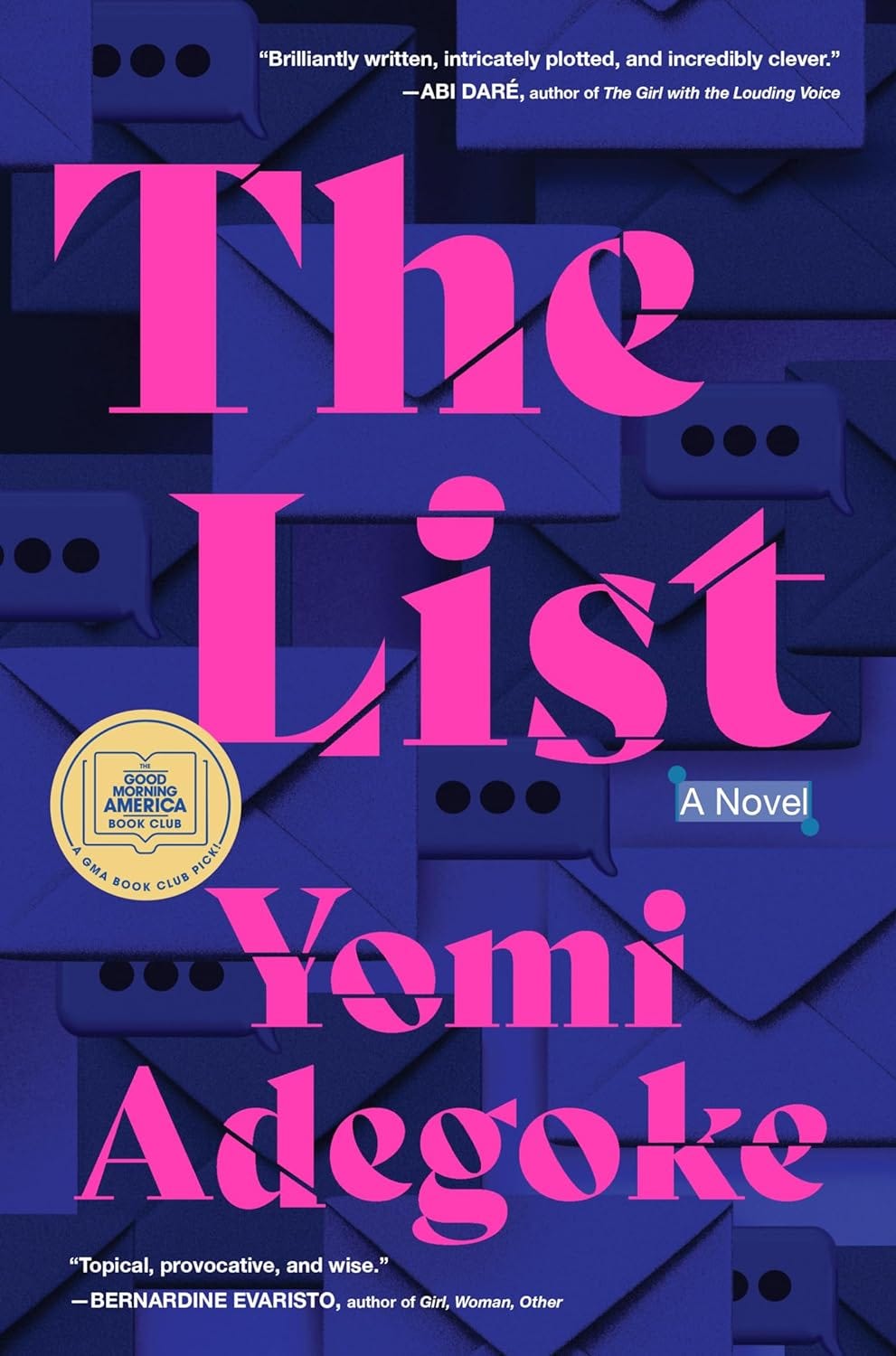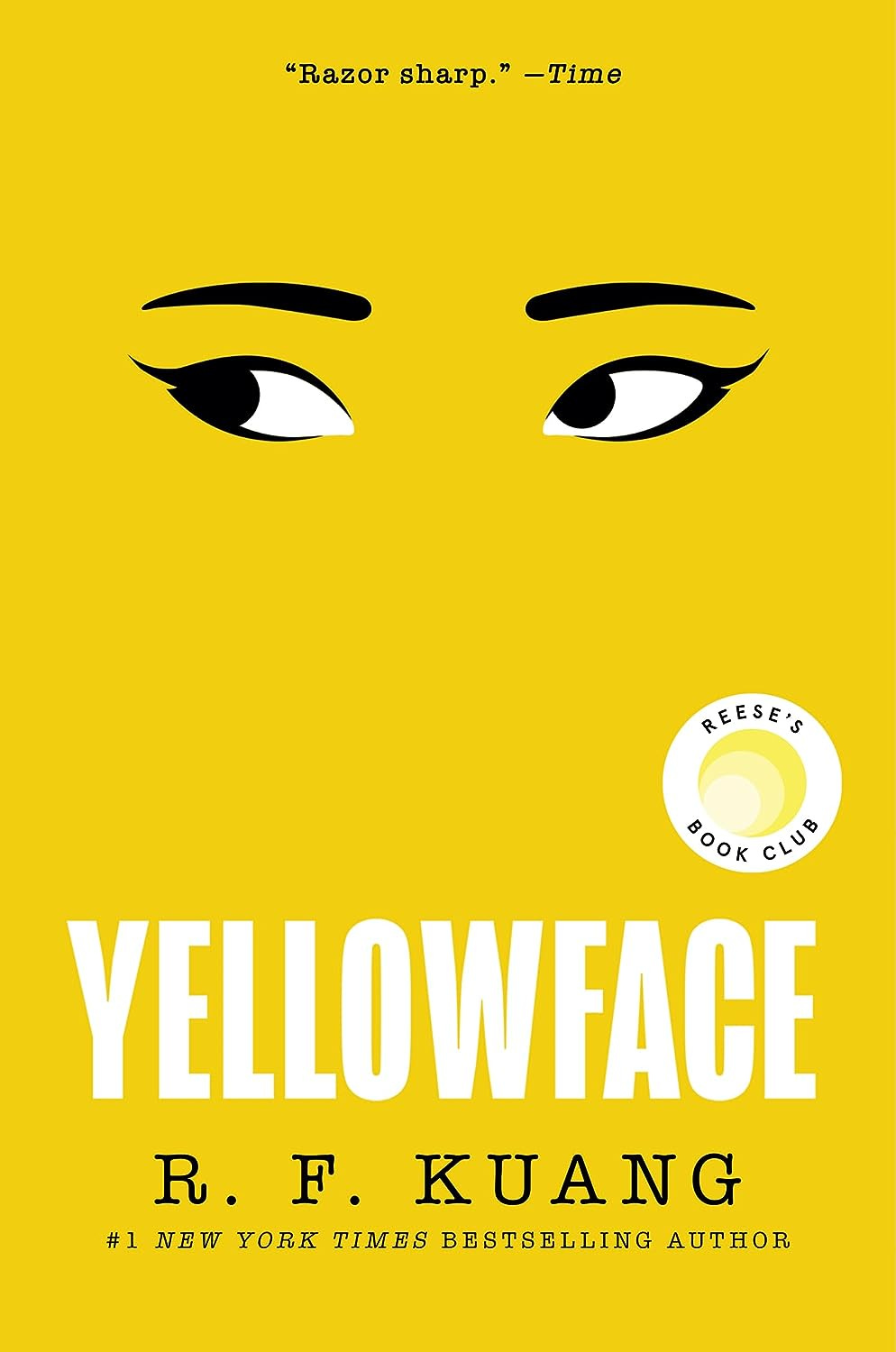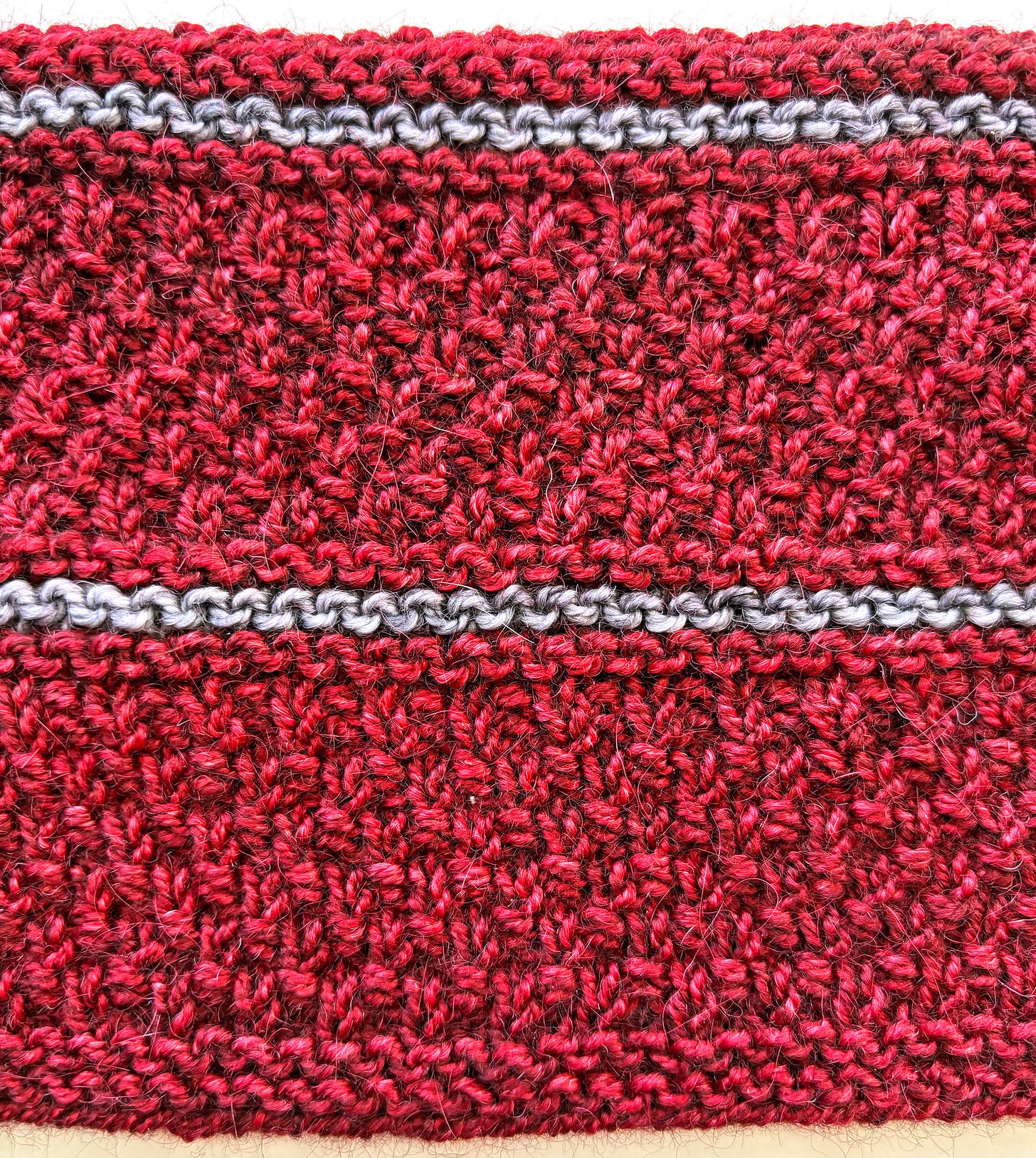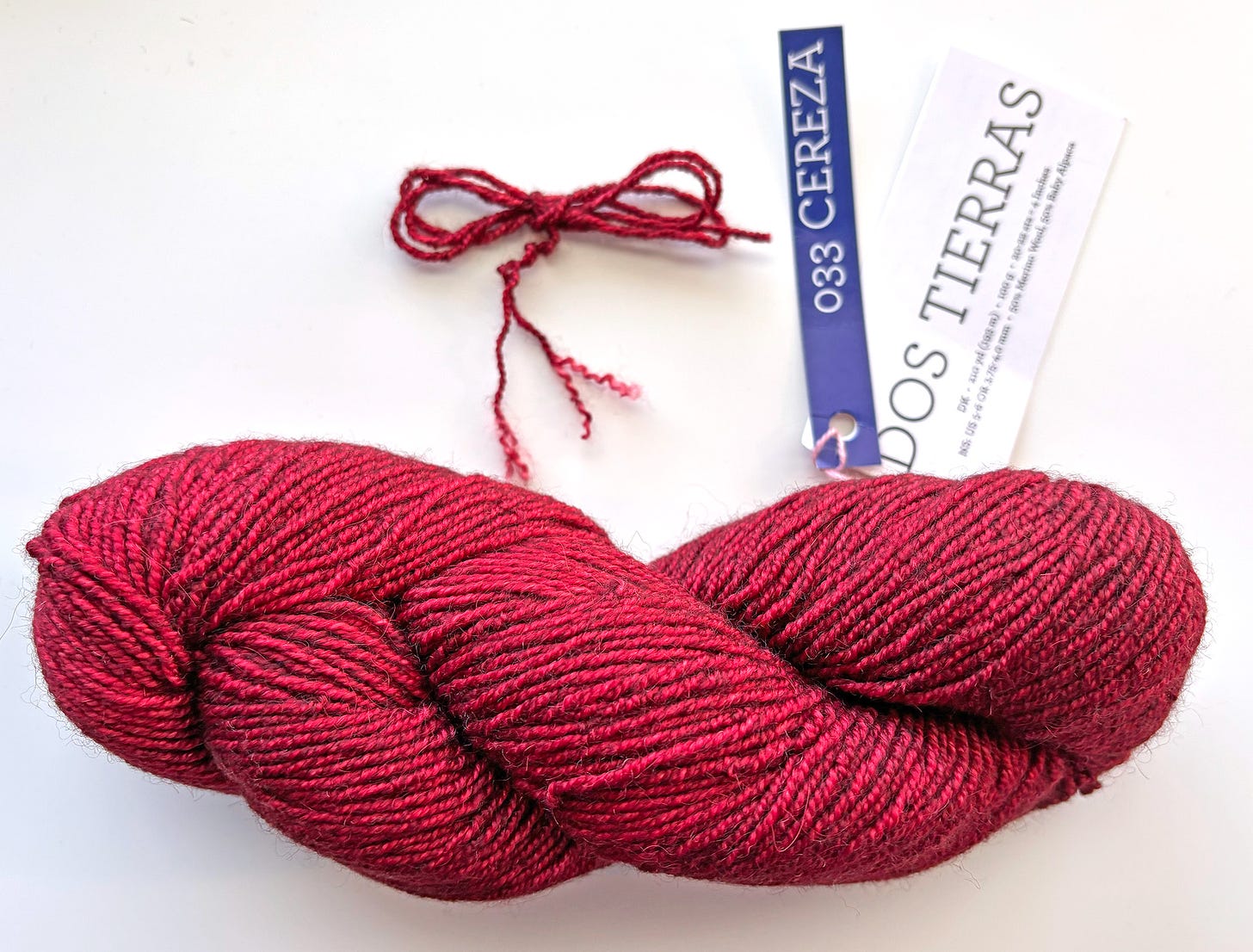I like reading books written by young women. I’m in my mid-60’s and reading contemporary fiction by young women writers gives me a window into the complications and concerns of the generation following mine. I also find it heartening to see so many young women writing well.
I’ve recently finished two books with very different plots which shed light on similar concerns.
The List, by Yomi Adegoke, introduces us to Ola, a successful feminist journalist living in London. Ola is one month away from an elaborate wedding to Michael, the man of her dreams. She wakes one morning to find that Michael, a popular podcaster, has been anonymously included in a viral social media post listing men in the media accused of sexual harassment and abuse.
In normal circumstances, Ola would be the first to cry “Off with their heads!” and “Believe the women”. But this is Michael. The allegations are anonymous. And he vehemently denies any wrongdoing.
As the novel follows Ola and Michael through the aftermath of The List, with the clock ticking to their wedding day, you’ll be asking yourself, “What would I do?”
In Yellowface, by R. F. Kuang, June Hayward and Athena Liu met as college students with dreams of being famous authors. Now Athena is the darling of the literary world, while June’s first novel flopped and her second is refusing to be written.
When Athena dies in a freak accident, June takes the just-completed draft of Athena’s new historical novel about Chinese laborers in World War I. June edits the draft and presents it to her agent as her own work. On the road to the best-seller list, June acquiesces to the publisher’s request that she be rebranded as Juniper Song.
Soon after publication, allegations of plagiarism arise on social media. The outrage is amplified by charges that June’s new pen name is intended to mislead readers into thinking she is Asian.
How does June justify her actions? How far will she go to defend what she believes she deserves?
The link between these two books is the devastating impact of social media. However we judge the choices and actions of the characters, it is disturbing to see them publicly vilified via Twitter and Instagram. While Ola has had an uneasy relationship with social media, choosing to keep most of her private life private, both Michael and June have actively participated in online self-promotion. When these three find themselves the targets of social media firestorms, their jobs, relationships, and self-esteem all plummet.
If you pay any sort of attention to social media, you’ve doubtless been witness to similar stories. One person posts a complaint/screed/accusation, and within 24 hours thousands more have joined in the outrage. Has there been any fact-checking? Are there any facts to check? How many of the commenters or re-tweeters have any real connection to the people or events in question? Has anyone considered that there are actual human beings on the other side of the screen, just trying to do the best they can to get through the day? I fear for those whose sense of self is so dependent on the opinions of faceless strangers. And I fear for those who spend their days heaping vitriol on strangers via social media.
While I, of course, have accounts on Facebook, Instagram, and Threads, I’ve always been wary. I’m a reserved person by nature. I believe most of those who follow me on social media found me through my work as a knitting designer. I don’t believe many are all that interested in the quotidian details of my life. And I’m not at all interested in curating my life for public display.
Both these books had an impact on me. They share a concern with the toxic potential of social media and reading both books within a month highlighted that theme. Both The List and Yellowface are well worth your time as windows into the world of creative Millennials, and as cautionary tales about the price of social media celebrity.
The Joy of Planning a New Sweater
Every new sweater begins with a swatch. Here’s mine:
This is destined to be a V-neck cardigan, knit in bands of Moss stitch divided by Garter stitch and accented with a narrow stripe of contrasting color. It will have long, tapered, set-in sleeves. I can’t give you a timeline for publication. I’m expecting yarn to arrive any day for a couple of new design commissions, and those will need to take precedence because there are deadlines attached. But I’ll let you know when I publish the pattern for this cardigan (and paid subscribers will get a code for a complimentary download as a token of my appreciation for your support).
The yarn I’m using is Dos Tierras from Malabrigo. I bought a sweater quantity of this yarn after being given a skein with which to swatch for an article I wrote for Interweave. Dos Tierras is a DK-weight blend of 50% Merino wool and 50% baby alpaca. This yarn has an unusual construction. Two 2-ply strands are twisted together in the same direction as the original ply twist. Instead of nestling closely together, the plies push away from each other, giving this yarn a slightly nubbly surface. The tightly twisted strands create beautiful stitch definition and should reduce the potential pilling. The fabric is buttery soft, with good drape from the alpaca balanced by resilience and stability from the wool. The colors I’ve chosen are Cereza, a deep, rich red, and Plomo, a smokey gray.
Some Things That Caught My Eye
I’m a fan of PBS, and I very much enjoyed watching Making Shakespeare: The First Folio on Great Performances. If you missed the broadcast, you can stream the program on PBS Passport with a membership in your local public television station.
The New York Times has published their list of the 10 Best Books of 2023. Surprisingly, the only one I’ve read is Zadie Smith’s The Fraud (which I didn’t particularly enjoy). After hearing the editors talk about why they choose these books on the Book Review podcast, I’ve added several more to my queue. What do you think about the list? How many have you read? Tell me about it in the comments!


